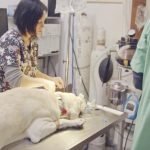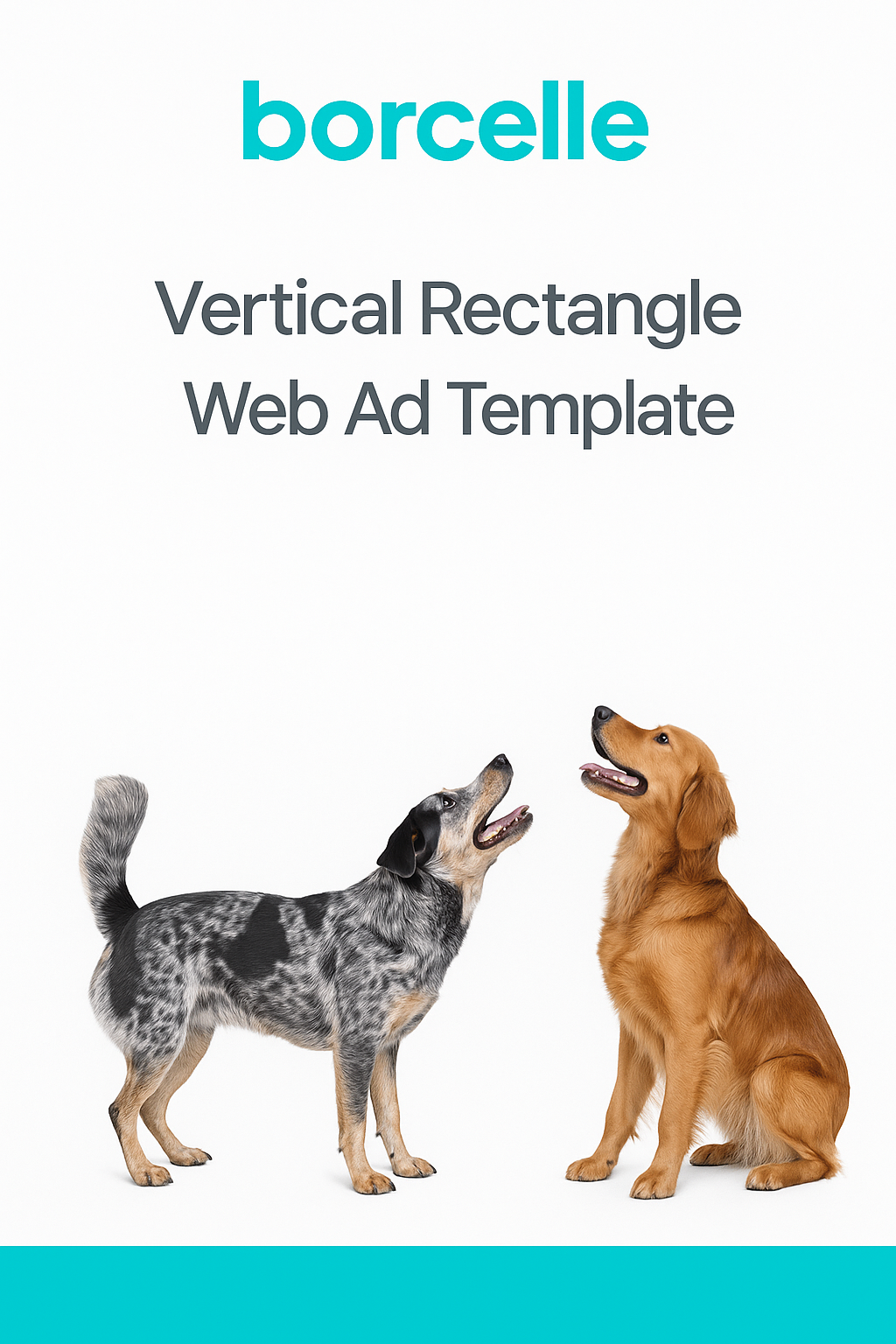Dr. Smolkin discusses everything you need to know about osteopathy for dogs and cats when it comes to treating pain and general issues such as digestive or kidney problems. Topics covered in this video include osteopathic techniques that can be used to benefit pets, pain management, joint inflammation, natural care, holistic treatment, cranial sacral techniques, organ manipulation, myofascial release, muscle and joint balance and massage.
TRANSCRIPT:
Hi, I’m Dr. Ilana Smolkin for healthcareforpets.com. I’m going to talk a little bit about osteopathy. Osteopathy is a manual therapy, so it kind of fits into that sort of chiropractic world but slightly different.
Osteopathy is a natural therapy that helps the body to heal itself although in osteopathy there are some direct techniques that are very similar to chiropractic. A lot of osteopathy is using indirect techniques so let me explain that a little bit. A direct technique like we talked about on the chiropractic video, we’re taking a restriction so my wrist isn’t moving past here. I can actually use a very specific force to push that through that restriction and get things moving again.
In osteopathy, the difference, I’m actually going to take that slightly away from its restriction to where I feel that that joint has relaxed and those muscles are more comfortable. Then I’m just going to hold it. Sometimes patients or their clients think that I’m really not doing anything because I may have to hold that for several minutes. As I’m holding, the body unwinds and starts to relax and you feel those muscles start to give and then in that process it allows that range of motion to return and restores that joint.
Techniques that fall under the umbrella of osteopathy include cranial sacral techniques, myofascial releases, energy releases, nerve stimulation as well as vascular so blood flow and visceral so organ manipulation. As strange as that may sound, we actually can manipulate where organs may sit in the body or in a cavity, moving things around slightly to get better positioning and get them out of strain.
Something that osteopathy really focuses on is what’s called the fascia. So if you’re a meat eater, think of a chicken breast. When you’re getting and prepping your chicken, it’s got that clear layer of tissue over it that sometimes you actually remove or that you’ll find between two nice pieces of meat, that’s fascia. We have fascia that runs up and down our whole body and although it goes over the muscles, it often connects from one muscle to another. So if you think of it we actually have one sort of band of really thin tissue that can connect all the way down from our feet all the way up our bodies, spiraling around and into our shoulder and that can be why we can have neck pain that can lead to foot issues or hip problems that lead to a shoulder, why the place where we’re feeling discomfort isn’t always the place where we have our issue. And sometimes the manipulation has to happen at a totally different location than where you think it’s going to happen. So osteopathy focuses on the flow of that fascia, that being our sort of primary focus and that fascia wraps around our organs as well. It wraps around our kidneys and our liver and all the way up the body.
So again, what kind of patients do we treat with osteopathy? The common ones that I see are animals that are usually showing signs of pain, so they might be limping or holding their tail funny or tucking up when they walk. I also sometimes use osteopathy for patients that just have other general issues so maybe they’re having some digestive issues or maybe some kidney issues. We can do some visceral or some organ manipulation with those and see if we can get some better outcomes than medicine alone.
The signs of pain, I discuss those more thoroughly and in my integrated pain management video so feel free to watch that if you want to go over the signs of pain that animals show us.
Most animals tolerate osteopathy treatments really, really well because it’s indirect and because it’s gentle. Because literally I’m just holding my hands there for just a few minutes but in a point of ease so not in a point that’s uncomfortable. Even nervous animals tend to do very well with this and typically by their second or third treatment they’re just lying on their sides, half snoozing while treatment is being done. It actually can be used even as a calming technique before we get to sort of other things in my appointments just to try and get them a little bit more relaxed.
If you’re interested in osteopathy for your pet, I encourage you to seek out someone who’s had some animal training in osteopathy and to work with that practitioner hand-in-hand with your regular veterinarian to make sure we get the best outcome for your pet. Sometimes these patients if they’re uncomfortable will need some Western medicine, some pain control as well to get us to our most positive outcome because what’s most important to us is your pet’s health here at healthcareforpets.com.








